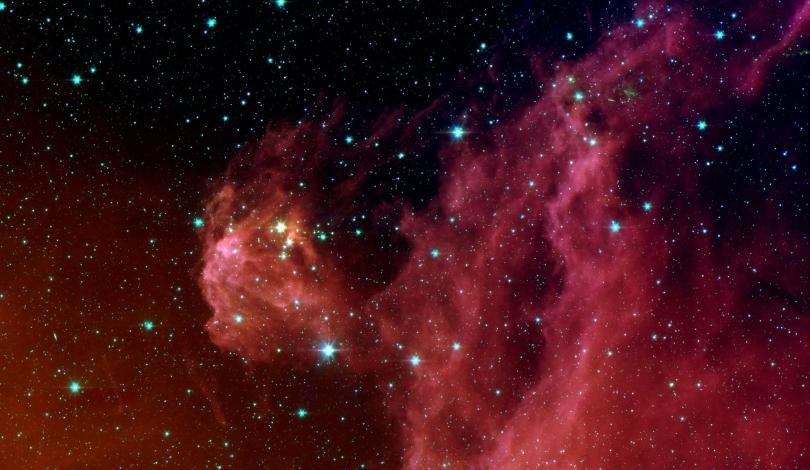Comet C/2023 A3 Tsuchinshan-ATLAS captivated astronomy enthusiasts in 2024 with its impressive visibility across the northern hemisphere. Observers enjoyed clear views of the comet’s tail and its conjunction with Venus, making it a standout celestial event. This comet’s journey offered both seasoned astronomers and casual skywatchers memorable sights, highlighting its significance in recent astronomical observations.
Comet Tsuchinshan-ATLAS, discovered in early 2023, met expectations by becoming the most notable comet of 2024. Its passage through the dawn skies in September provided early indications of its prominence later in the year.
How Did Perihelion Affect the Comet’s Brightness?
The comet approached the Sun at approximately 58.6 million kilometers on September 27th, reaching a near -5th magnitude. This close approach resulted in a significant increase in brightness, enabling the comet to maintain a +1 magnitude for about a week. During this period, it aligned with Venus, enhancing its visibility during dusk hours.
What Made the Comet Easily Photogenic?
In early October, the comet’s tail extended about twelve degrees, and its anti-tail remained oriented towards the Sun. This configuration, combined with minimal light pollution, allowed photographers to capture clear images even with smartphone cameras set to night mode. The ease of photographing the comet marked a notable improvement compared to previous comets.
Will Future Comets Reach Similar Visibility?
As Comet Tsuchinshan-ATLAS moves outbound on its long orbit, observers eagerly await the next bright comet predicted for January 2025, named C/2024 G3 ATLAS. This upcoming comet is expected to achieve a magnitude of -1 or brighter near its perihelion, promising another opportunity for spectacular celestial observations.
Past comets, such as C/1995 O1 Hale-Bopp in 1997, showcased the potential for breathtaking night sky displays. However, technological advancements in digital imaging have significantly enhanced the ability to capture and share cometary phenomena, making recent sightings like Tsuchinshan-ATLAS even more accessible and detailed for the global audience.
“I drove north for more than three hours, and reached the seashore facing the Sea of Japan after sunset,” says astrophotographer Hisayoshi Kato.
Astrophysicist Gianluca Masi remarked,
“Comet C/2023 A3 Tsuchinshan-ATLAS is still putting on a show… but the firmament is always a prodigy of emotions and wonders.”
The collective engagement of the astronomy community has underscored the enduring fascination with cometary events and their role in our understanding of the solar system.
The visibility and accessibility of Comet Tsuchinshan-ATLAS have provided valuable insights into comet behavior and public interest in astronomy. Future observations and technological enhancements will likely continue to improve our ability to study and appreciate these celestial visitors, fostering a deeper connection between the cosmos and humanity.










